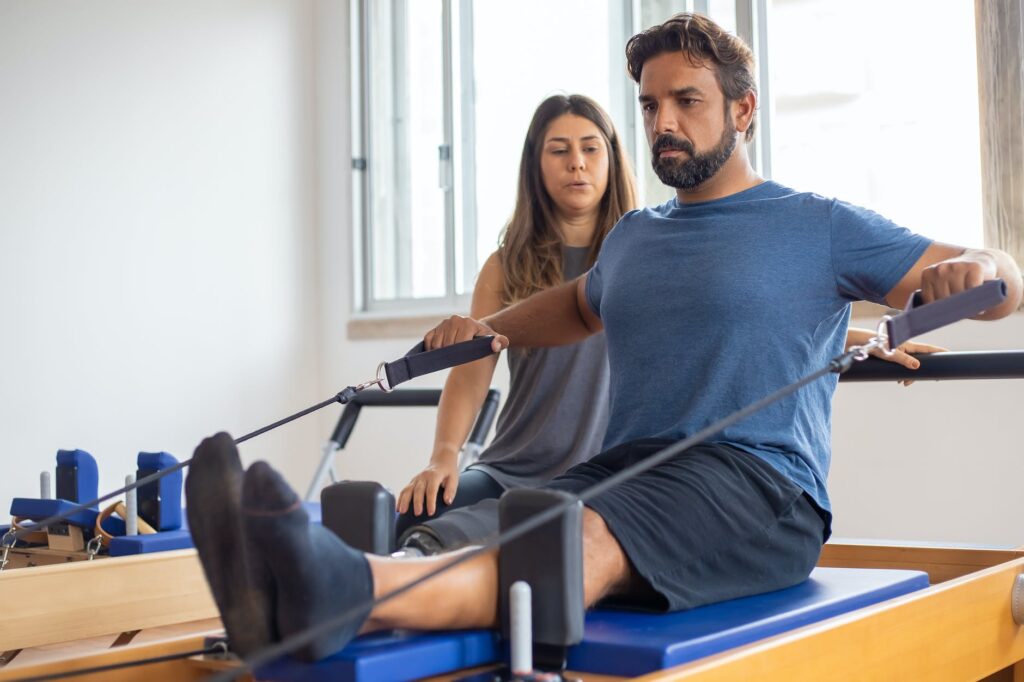
Introduction:
Sustaining an injury is a traumatic experience that can significantly impact one’s life. Depending on the severity of the injury, a person may be unable to perform everyday activities or engage in their favorite hobbies. This is where physical therapy comes in. Says Robert Stravinsky, Physical therapy is an essential aspect of rehabilitation and can help individuals recover from injuries, regain their strength and mobility, and improve their overall quality of life. In this article, we will explore the role of physical therapy in rehabilitation, from injury to recovery.
From Injury to Recovery: The Role of Physical Therapy in Rehabilitation
Assessment and Diagnosis
The first step in the physical therapy process is assessment and diagnosis. A physical therapist will evaluate the patient’s injury, assess their range of motion, strength, and flexibility, and develop a personalized treatment plan. The therapist will also establish goals for the patient’s recovery and track their progress.
Pain Management
Pain is a common side effect of injuries and can significantly impact a person’s ability to function. Physical therapists use a variety of techniques to manage pain, including heat and cold therapy, massage, and electrotherapy. By managing pain, physical therapists can help patients perform their exercises and get back to their daily activities.
Restoring Range of Motion and Strength
Injuries can cause loss of range of motion and strength in affected areas. Physical therapists use a range of exercises, including stretching and resistance training, to help patients restore their range of motion and strength. These exercises can also help to prevent future injuries.
Improving Balance and Coordination
Injuries can also impact a person’s balance and coordination, which can affect their ability to perform daily activities. Physical therapists use balance and coordination exercises to help patients regain their sense of balance and coordination.
Education and Support
Physical therapy is not just about treating the physical aspects of an injury. Physical therapists provide education and support to patients to help them understand their injury and how to manage it. This includes providing guidance on how to perform exercises correctly, advice on lifestyle changes, and tips on preventing future injuries.
Conclusion:
Recovering from an injury can be a long and challenging journey, but physical therapy can help make it a little easier. Through assessment and diagnosis, pain management, range of motion and strength training, balance and coordination exercises, and education and support, physical therapists can help patients regain their strength and mobility, improve their overall quality of life, and prevent future injuries. If you are recovering from an injury, consider seeking the help of a physical therapist to develop a personalized treatment plan that addresses your specific needs. With the help of physical therapy, you can recover from your injury and get back to the things you love.